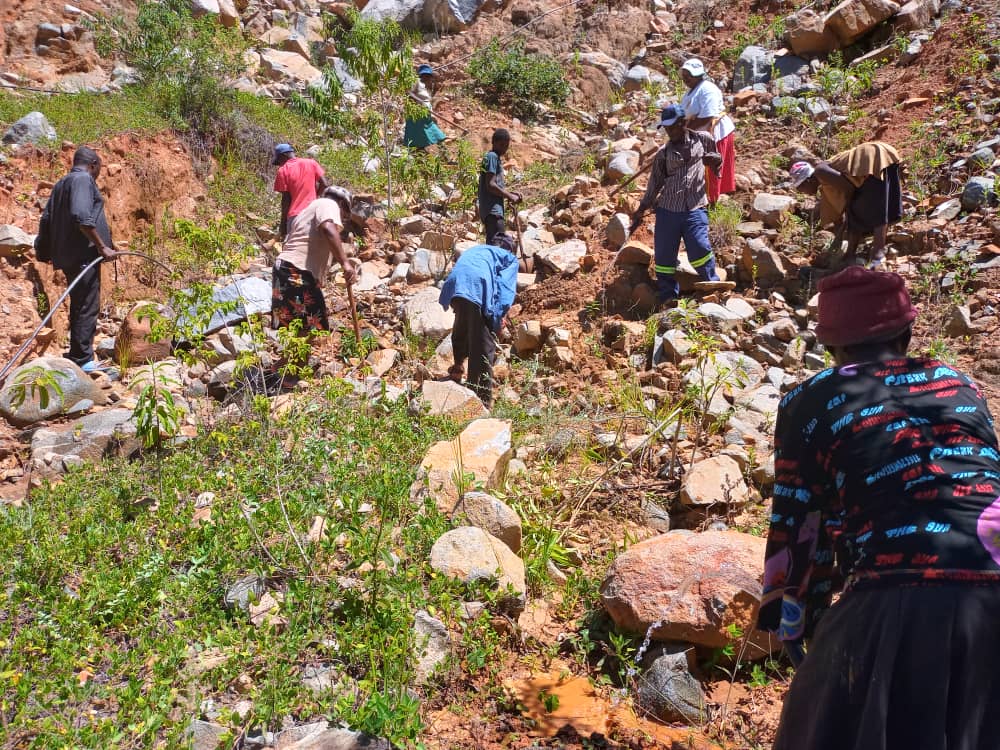The process was the cornerstone for transforming ideas into tangible results. The first step was ensuring the availability of high-quality data and demonstrating its importance within both local and national contexts. In the case of mangroves, this included their role in spatial and development planning, included in the National Territorial Development Plan, which highlights their impact on coastal livelihoods, climate adaptation, and potential blue carbon credits.
Once the data was gathered, the next step was presenting it to IUCN’s partners and members, fostering a supportive alliance to create a unified voice for advocating with decision-makers. This process continued by establishing and maintaining an open, trustworthy, and technically robust dialogue with policymakers and their technical teams. A key component of this was understanding how governance, policy and legal frameworks are developed and implemented, ensuring that even if contributions weren’t fully aligned with initial expectations, they remained practical and applicable and are adopted.
Ongoing monitoring, along with continued support from IUCN, ensured that the strategies were effectively implemented and adjusted when necessary. It’s important to acknowledge that while conservation and adaptation efforts are globally supported, they often require significant budgets, that are not available locally. To secure funding, these issues must be at the forefront of governance planning, allowing for the budgets and co-financing by development partners to be available.
Critical factors that facilitated the process included the global campaign of raising awareness about the benefits of mangroves for sustainable livelihoods, Mozambique’s focus on the mangrove strategy, and the development of key national policies like the PNDT and Marine Spatial Plan. IUCN’s commitment and its ability to identify opportunities to mainstream mangroves within these national strategies, coupled with its extensive network and reliability, were equally essential.
Several lessons emerged throughout this process. First, technical assistance, similar to that provided to the government proved invaluable, as did the capacity to step up in alignment with government processes. The ability to access upgraded technical support when required, and the involvement of academia and civil society organisations, are critical for a successful approach. Maintaining ongoing information-sharing and an awareness campaign, combined with consultations, helped sustain engagement throughout the process.
